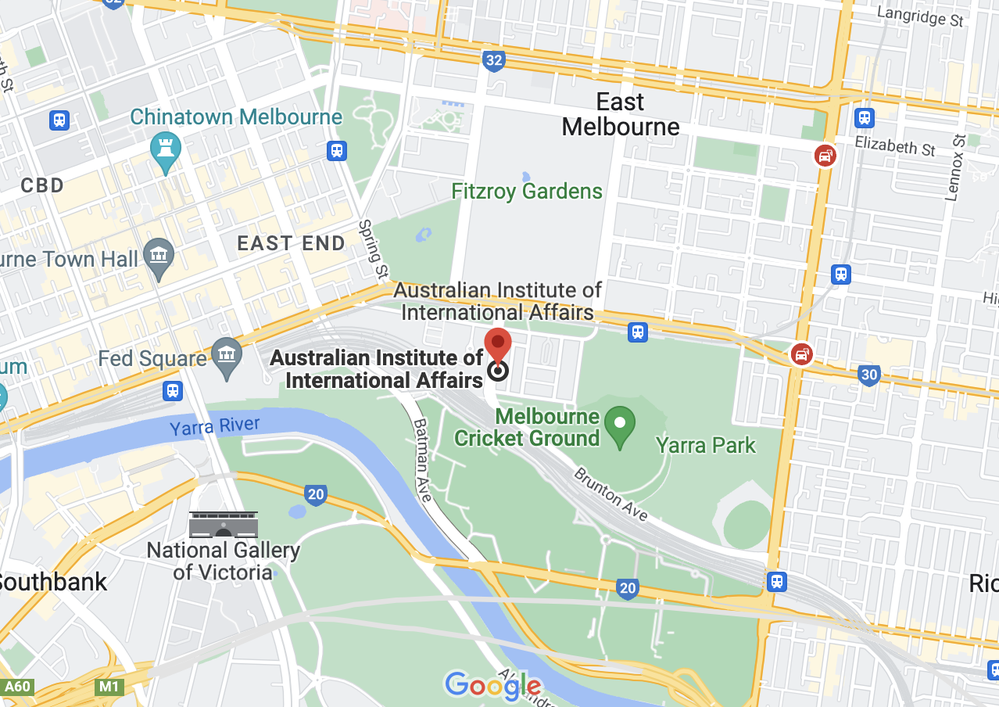The UN has long recognised the value of partnerships to reinforce the effectiveness of peace operations. Between 1978 and 2009, 60% of UN missions operated alongside parallel deployments from regional and subregional organisations, alliances, and coalitions. This percentage has only increased in recent years.
In an ideal world, parallel operations would be carefully integrated with UN peace operations, leveraging their comparative advantages.
Unfortunately, the conditions under which peacekeepers deploy and the volatile environments they operate in, are far from ideal. Instead, multiple actors are deployed ad hoc into conflicts, usually without formal structures for integrating or aligning their objectives. In some cases, these actors find ways to work together, becoming stronger and more effective through their cooperation. In other cases, poor communication, contradictory priorities, and conflicting political objectives result in peacekeepers and parallel operations actively undermining each other's efforts.
To understand the dynamics between parallel forces, Dr Shannon Zimmerman examines the two most recent UN Peace Operations, the UN multidimensional Integrated Stabilization Mission in Mali (MINUSMA) and the UN Multidimensional Integrated Stabilization Mission in the Central African Republic (MINUSCA). Both missions deployed alongside parallel French Forces and European Union Training Missions. How can the interactions between the UN forces and the parallel French and EU forces be assessed? What synergies, and conversely what obstacles were identified? What are the recommendations for future parallel deployments?
AIIA Victoria welcomes back Dr Shannon Zimmerman to discuss her upcoming research on the dynamics between parallel forces in UN peace operations.
AIIA Victoria gratefully acknowledges the Walter Mangold Trust Fund for theur support of our young members.
To download the pdf flyer, please click here.

